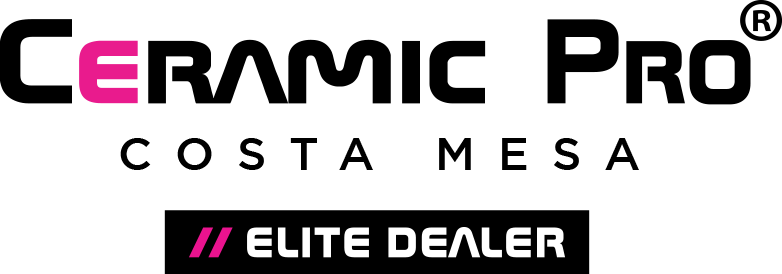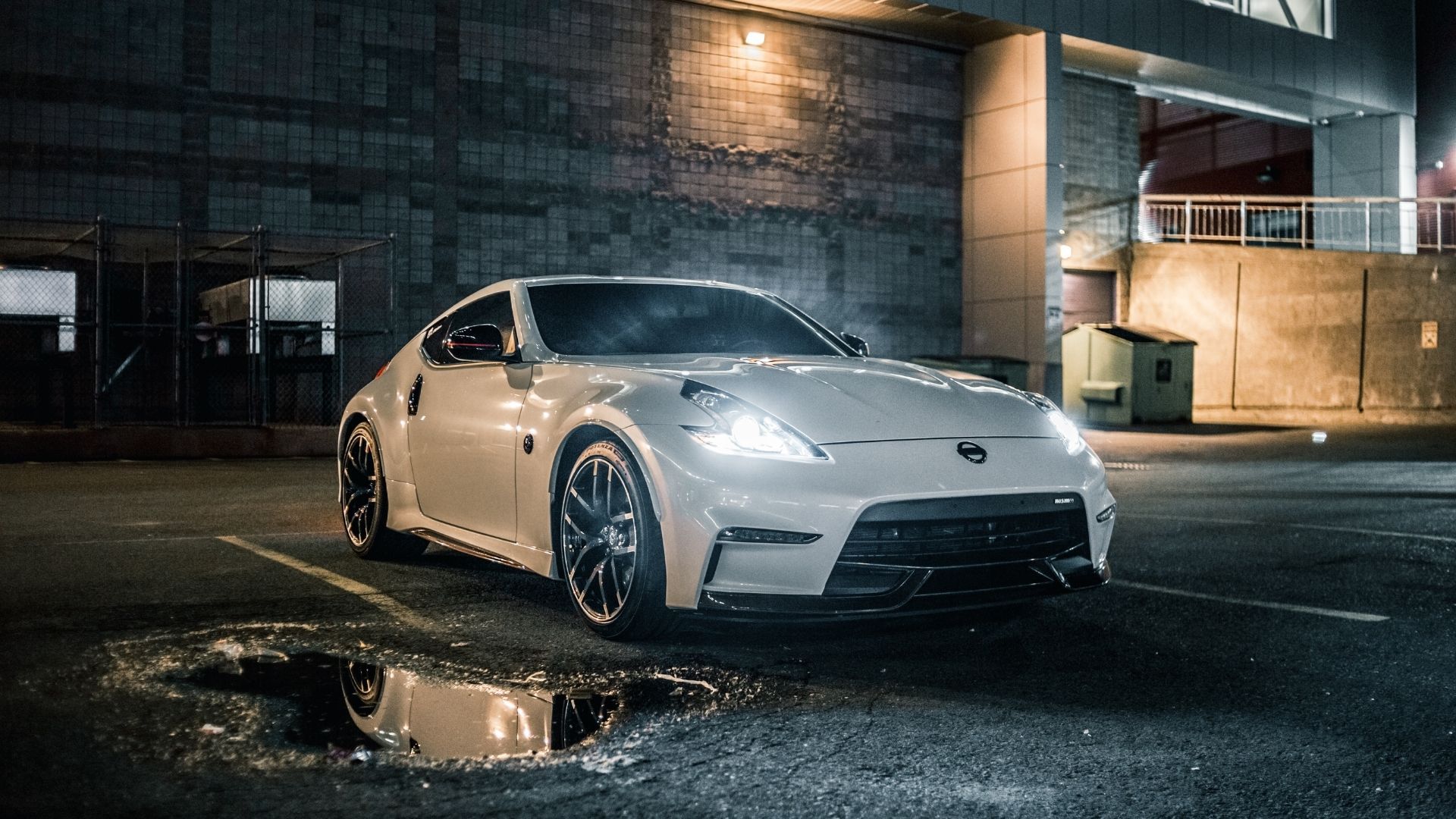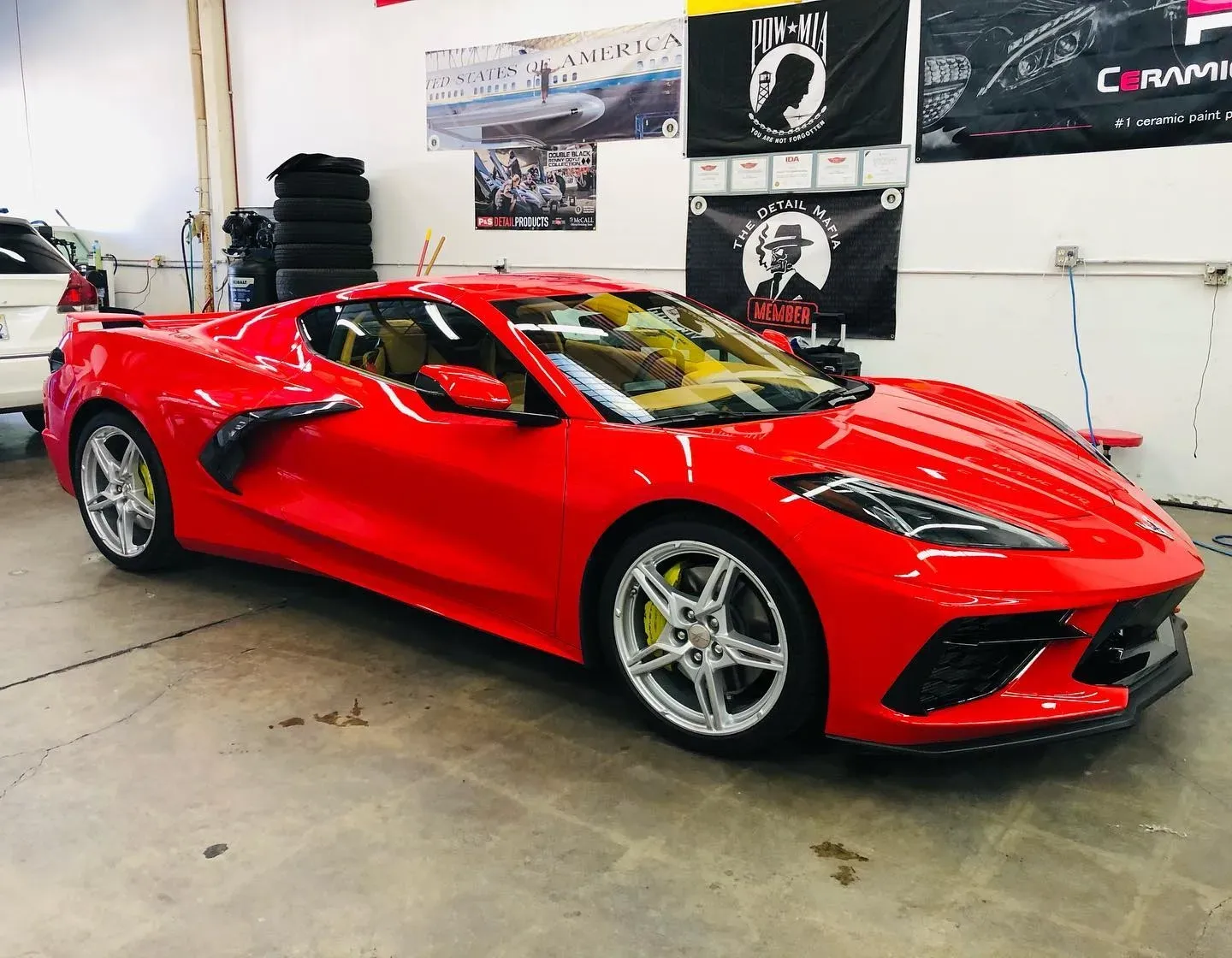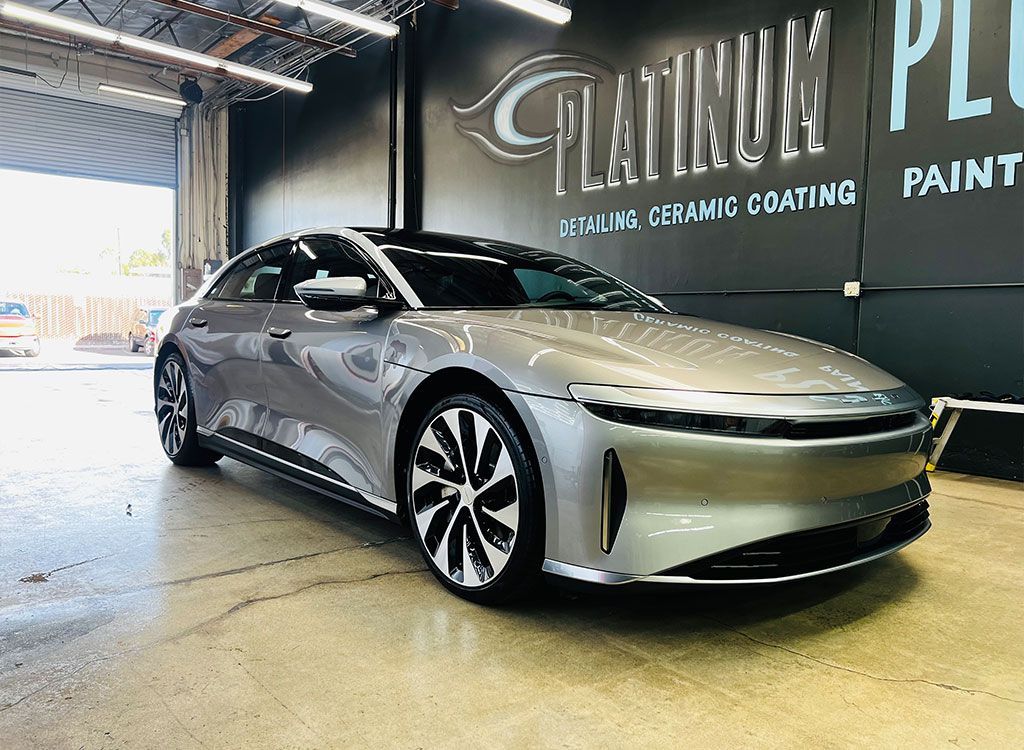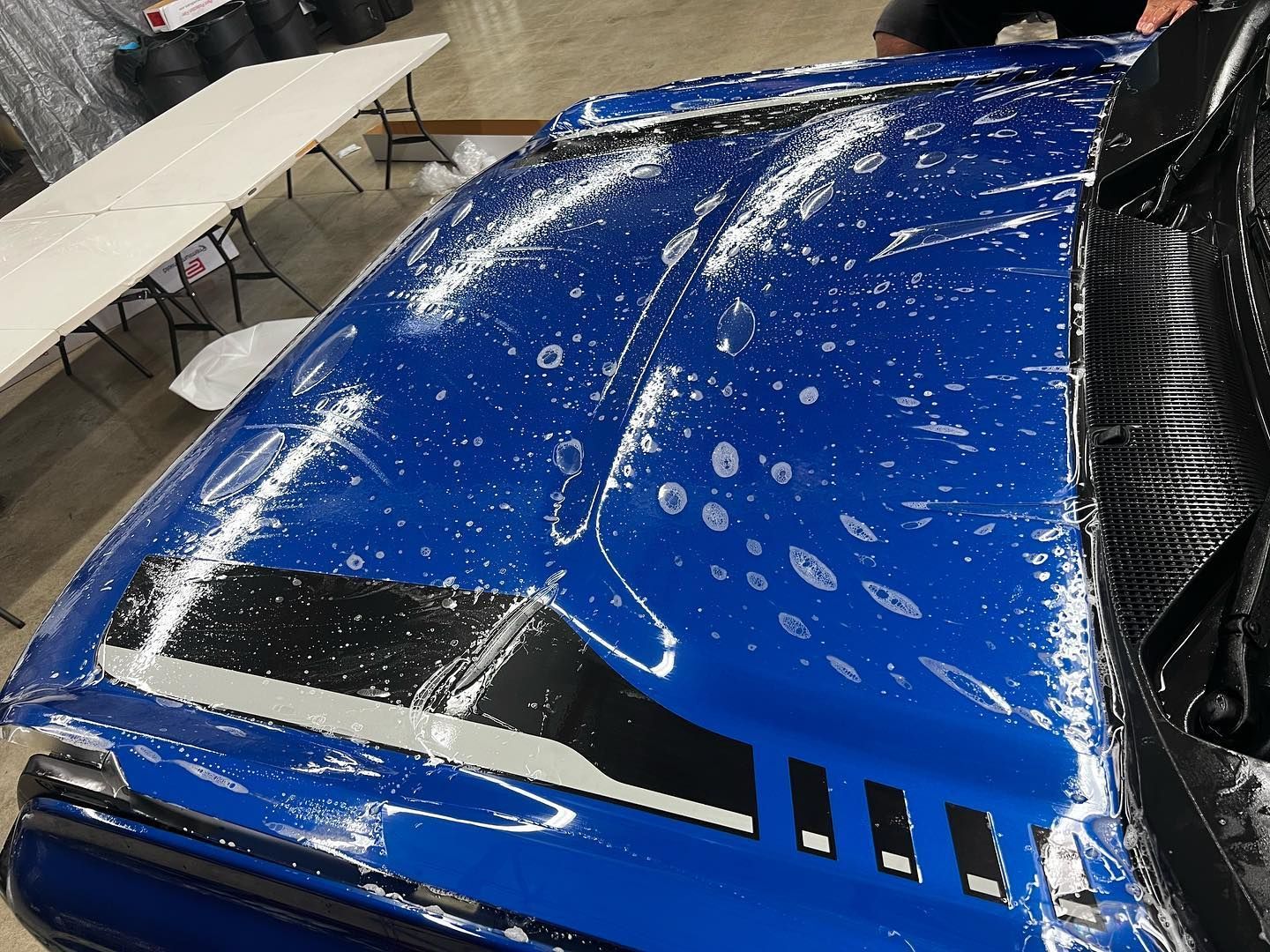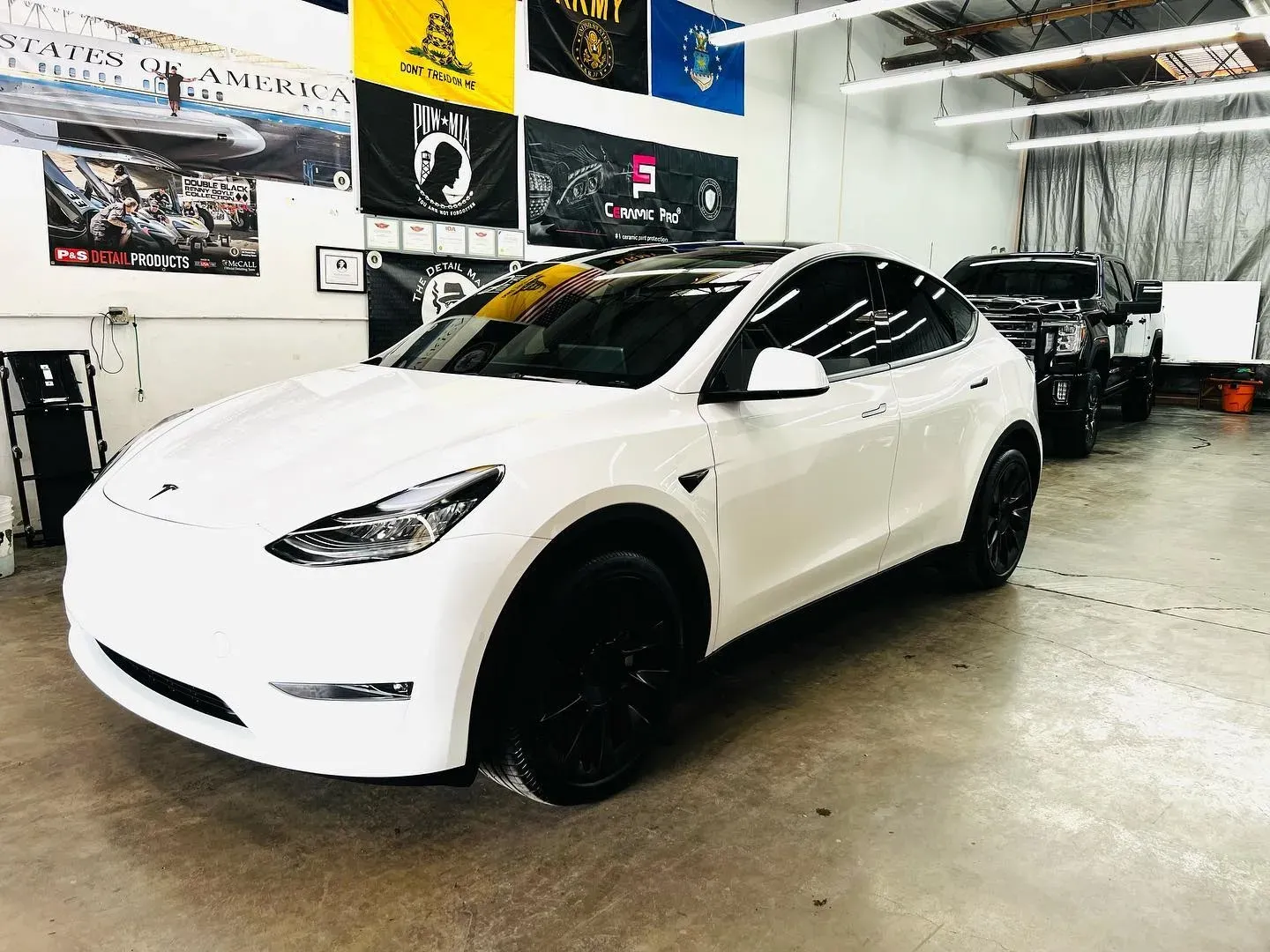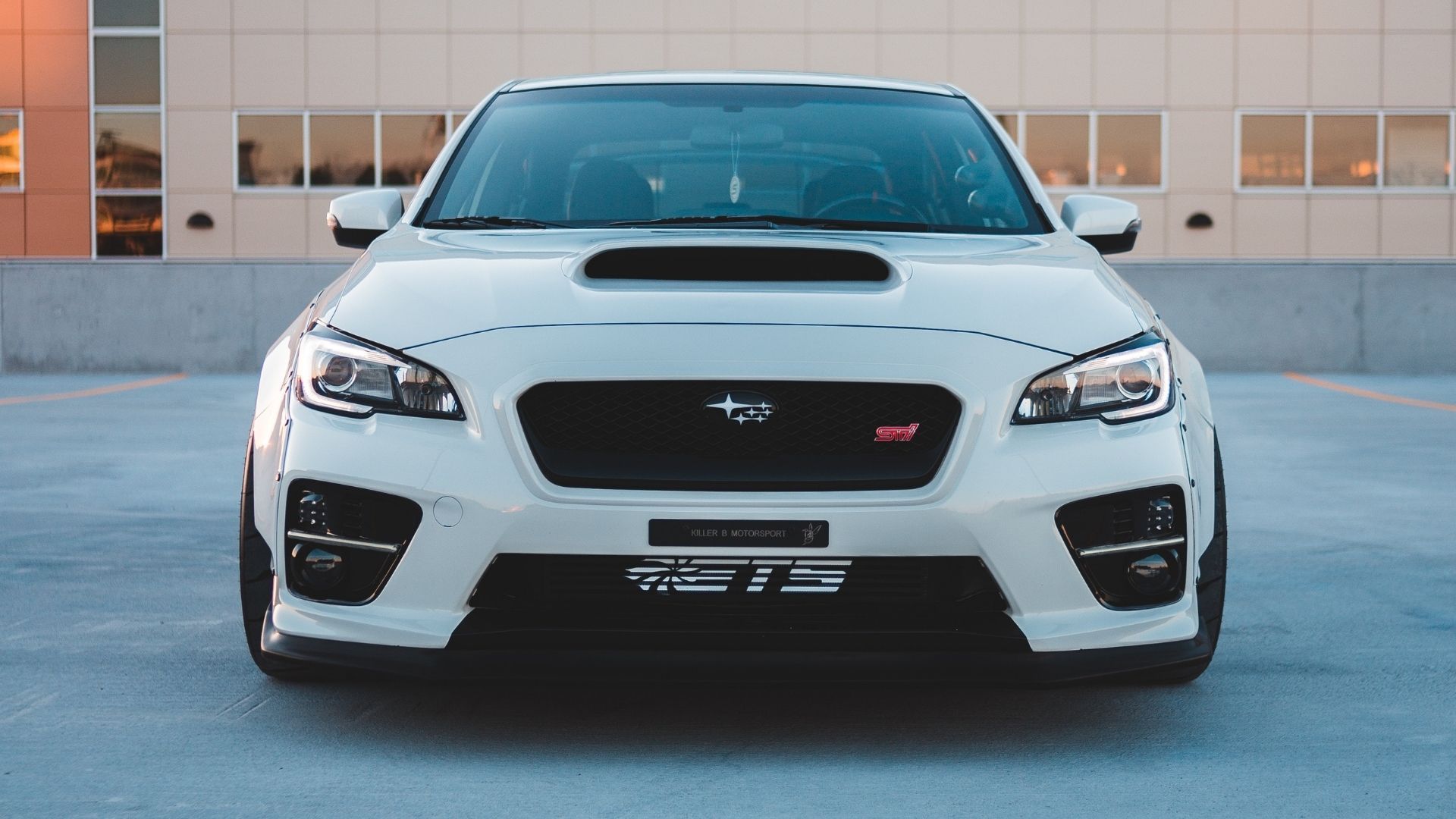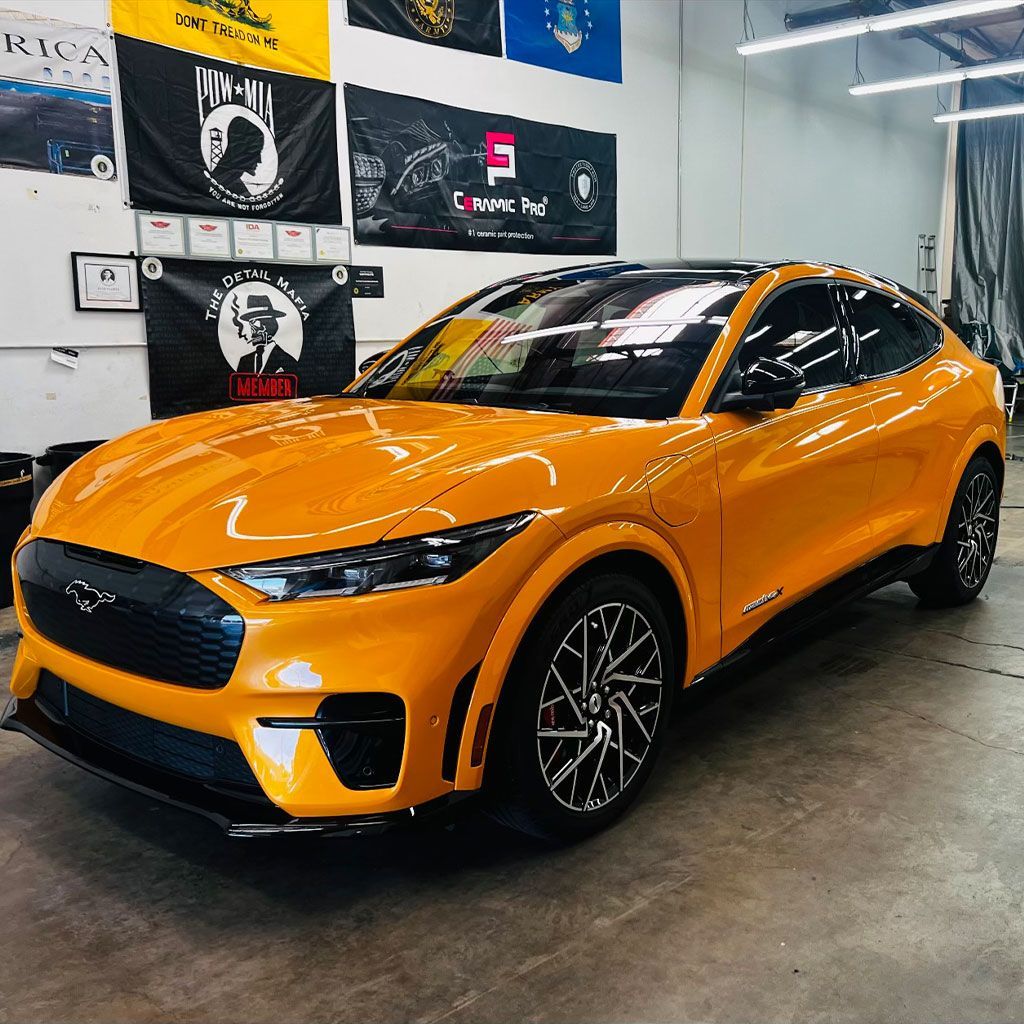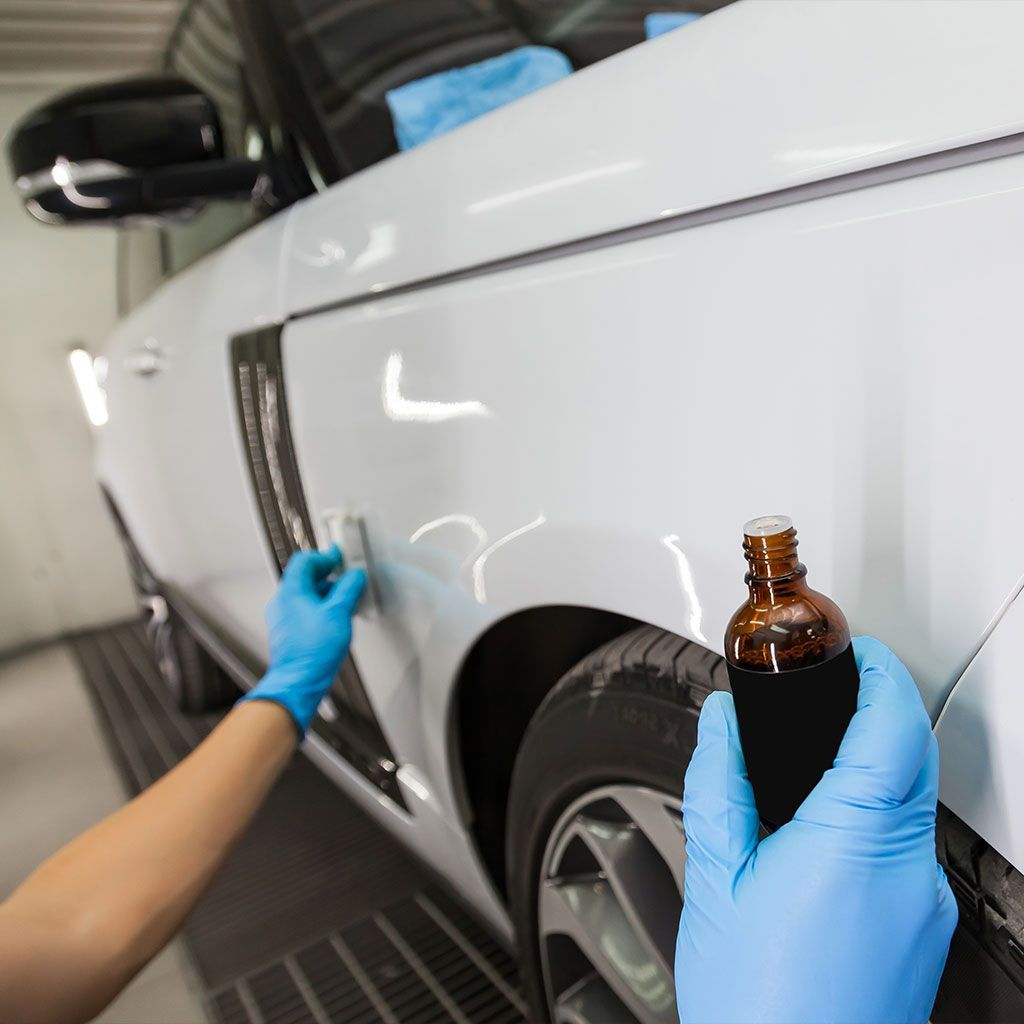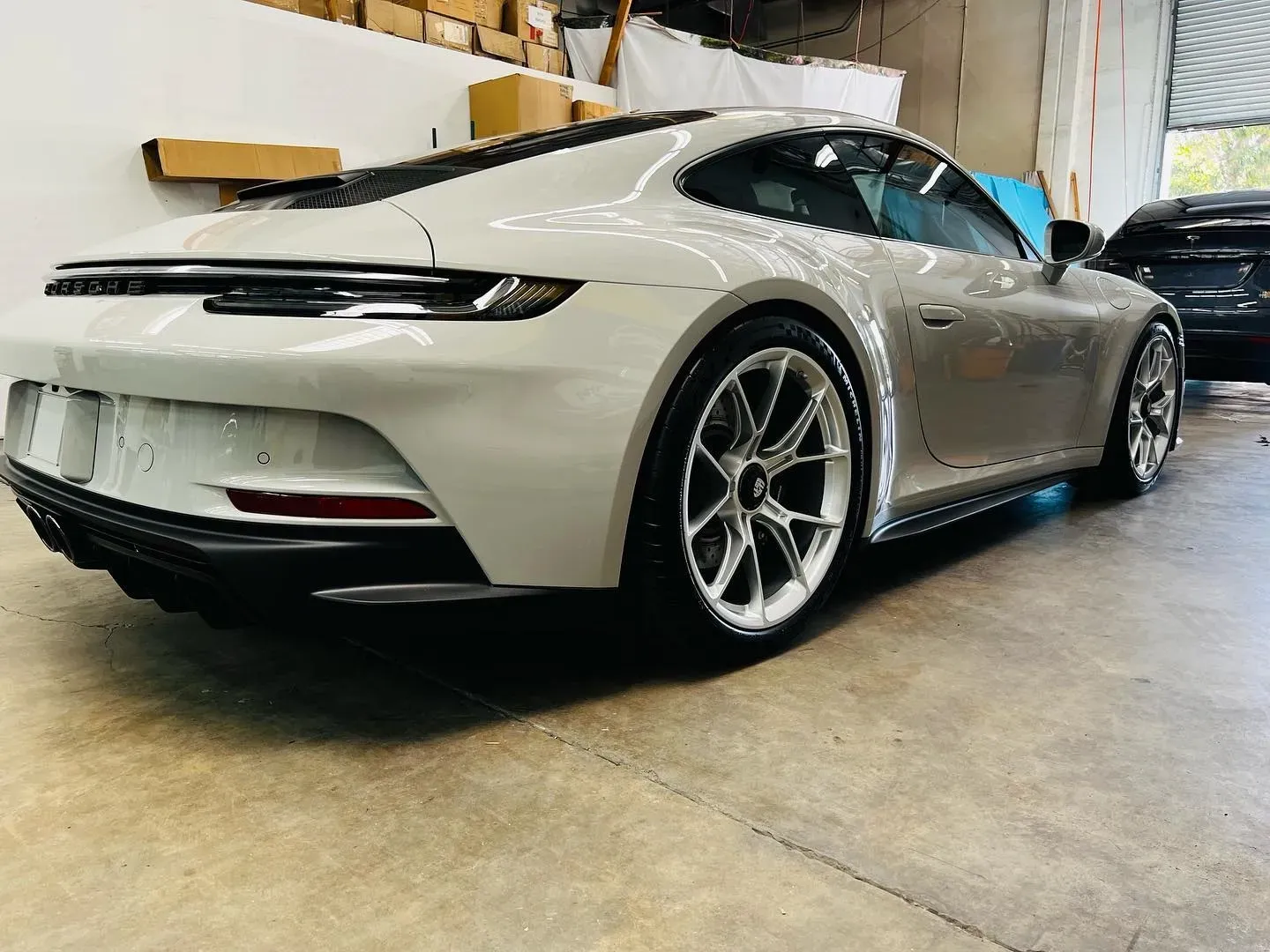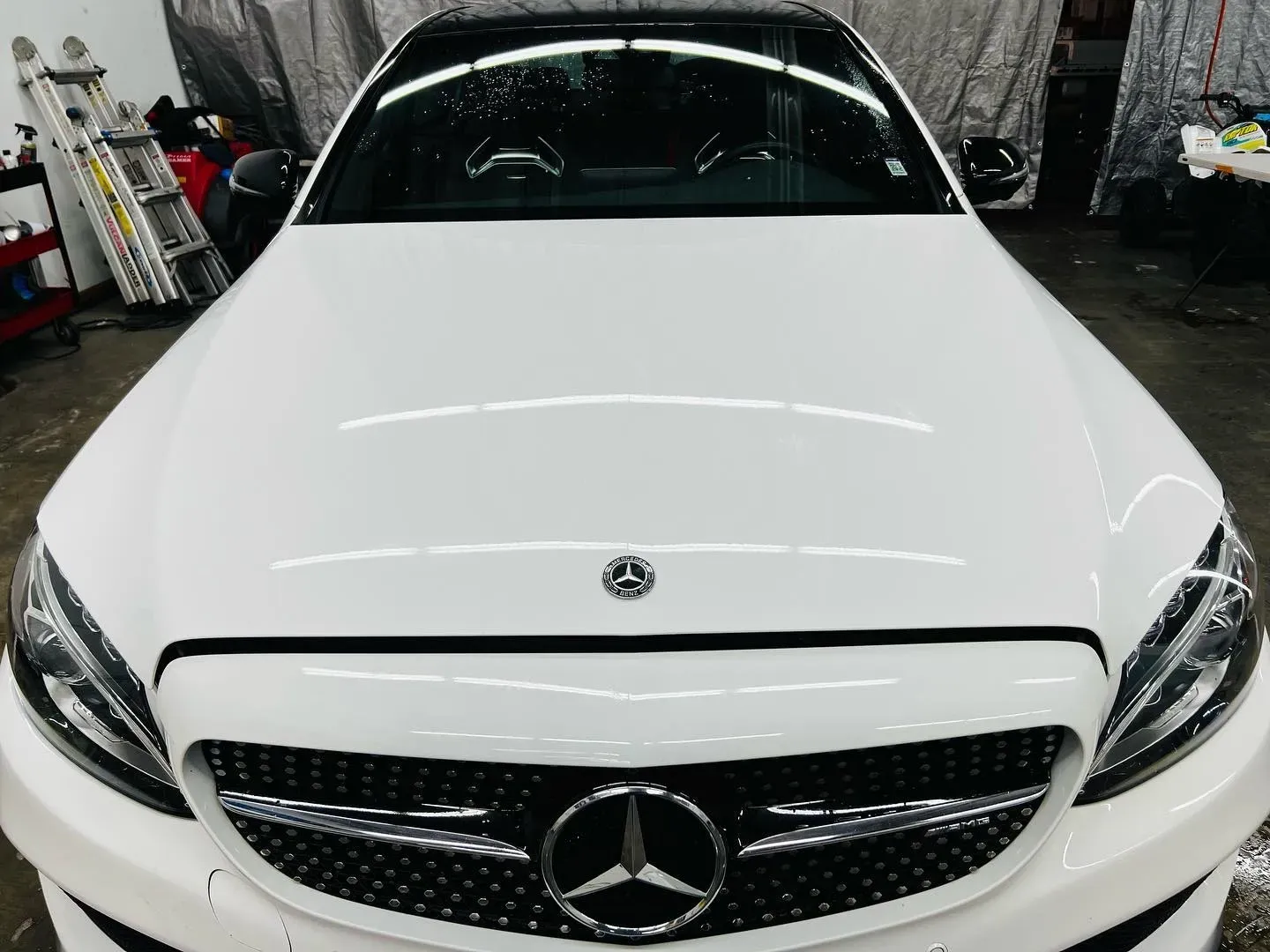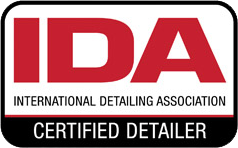
How Paint Protection Film Shields Against Road Debris: A Detailed Guide
Paint Protection Film, or PPF, acts like an invisible superhero cape for your car. Its strength lies in its clear thermoplastic urethane material, which guards your car's paint against the common threats of the road such as rock chips, bugs, and scratches. Odd as it may sound, this near-invisible film takes these hits so that your car’s paint doesn’t have to, preserving its original shine and finish. It's time to understand more about the surprising layers beneath this invisible shield. Let’s discover how paint protection film shields against road debris!
Paint Protection Film acts as a barrier, safeguarding the vehicle's paint from road debris such as rocks, sand, and other abrasive materials. It absorbs the impact of small objects, reducing the risk of chips, scratches, and other damage to the paint surface. Additionally, PPF preserves the original vibrancy of the paint by shielding it from UV rays and environmental stressors, ultimately enhancing the vehicle's aesthetics and resale value.
Definition of Paint Protection Film
Paint Protection Film (PPF), sometimes referred to as a clear bra or a "wrap," is a thermoplastic urethane film strategically placed over a vehicle's painted surfaces. It's like a suit of armor for your car, working to shield the exterior against various damaging elements encountered on the road. PPF serves as a protective barrier, actively resisting rock chips, insects, scratches, and other forms of abrasive hazards that could dull or damage the original paint finish.
How Does PPF Shield Your Vehicle?
The PPF guards against a wide array of threats, including:
- Rock Chips: As you drive, small stones and pebbles flung up from the road can cause micro-abrasions or chipping on your car's surface. PPF acts as a sacrificial layer, absorbing the impact and preventing these damages from reaching the actual paint.
- Insects: Insects that meet their fate on your car’s front bumper and hood can leave behind corrosive compounds that eat into the paint if not cleaned promptly. PPF creates a barrier that minimizes the risk of damage caused by insect residue.
- Scratches: Whether from rogue keys or accidental scrapes, scratches are an inevitable threat to your vehicle's paint job. PPF lessens the likelihood of these superficial marks affecting the underlying paintwork.
PPF's resilience and adaptability make it an indispensable tool for maintaining the flawless appearance of vehicles.
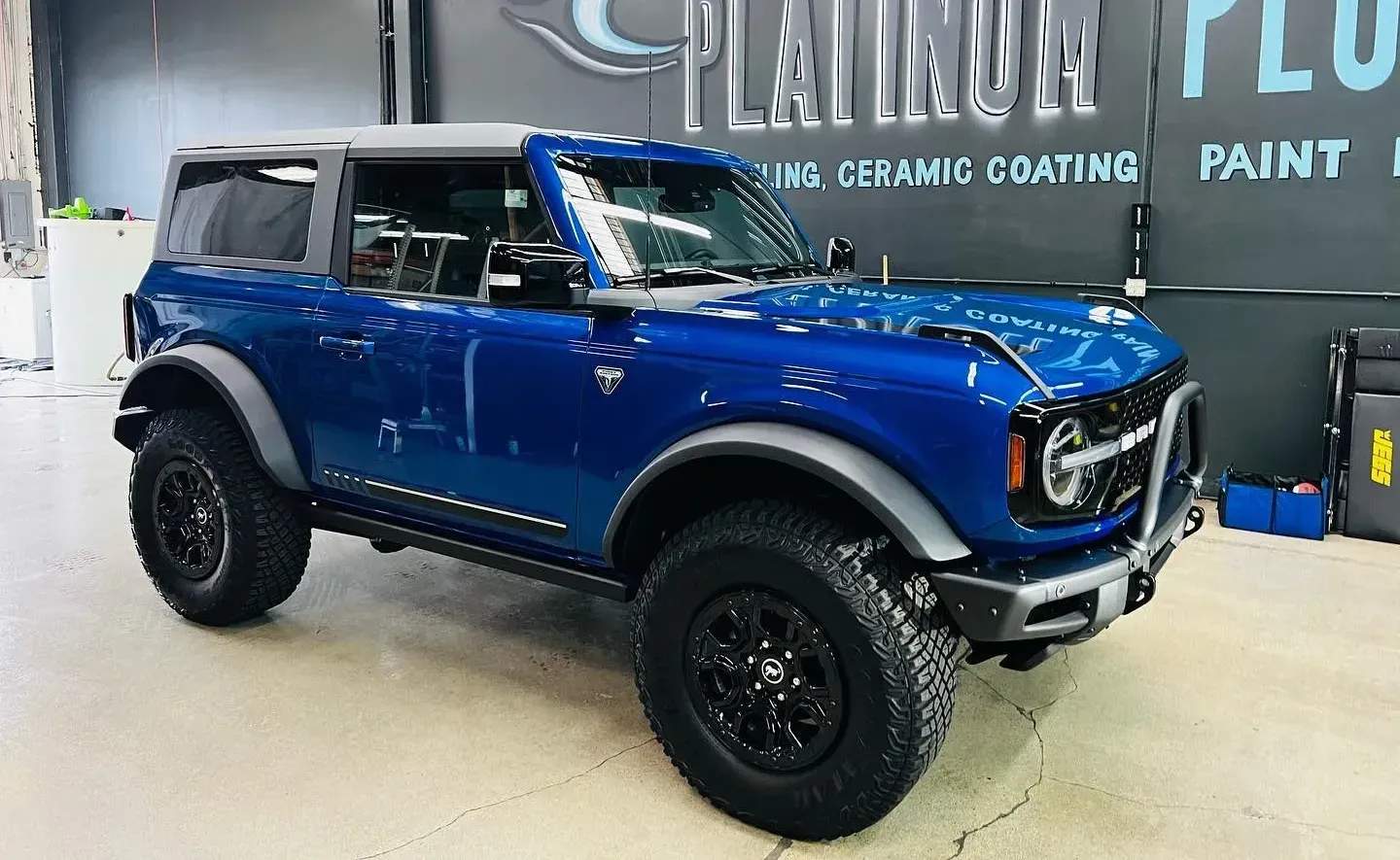
Advantages of Paint Protection Film
Paint protection film (PPF) goes beyond just looking good; it's a powerful shield for your vehicle. Imagine it as armor for your car's exterior that defends against everything from tiny stones to harmful UV rays with its multitude of benefits.
Prevention of Damage
The primary advantage of PPF is evident in its name: it protects your vehicle's paint from damage caused by road debris. By acting as a barrier against chips and scratches that commonly result from regular driving, PPF extends the life of your car's paint job and maintains its pristine appearance. Essentially, PPF provides peace of mind by reducing the risk of unsightly blemishes and preserving the overall aesthetics of your car.
Moreover, PPF serves as a proactive defense against environmental hazards such as small rocks, grit, and sand that can be flung at your car while driving. Without this layer of protection, these elements could mar the surface of your vehicle and necessitate costly touch-ups or repainting.
UV Resistance
In addition to safeguarding against physical debris, PPF also offers robust UV resistance. This is crucial in preventing sun-induced fading or discoloration of the paint over time. Therefore, by serving as a UV barrier, PPF helps maintain the vibrant color and luster of the paintwork for an extended period of time.
As technology continues to advance, there is an increasing focus on enhancing PPF materials to provide maximum UV protection while ensuring exceptional clarity and durability. For those who reside in areas with high levels of sunlight or regularly face intense heat conditions during their travels, UV resistance serves as an invaluable advantage, protecting their investment in the long run.
A car with faded and discolored paint not only looks less appealing but also has a lower resale value. This brings us to another significant advantage of PPF, which is its ability to preserve the resale value of a vehicle.
Preserving Resale Value By maintaining the condition of the original paint finish, PPF contributes to retaining the aesthetics of the vehicle. As a well-preserved paint job is indicative of careful ownership and maintenance, potential buyers are more likely to be attracted to a vehicle that has retained its allure. Therefore, apart from protecting your car, PPF influences its desirability in the used car market.
Thus, through its robust ability to prevent damage, resist harmful UV rays, exhibit self-healing properties, and contribute to preserving resale value, paint protection film offers multifaceted advantages that extend far beyond mere visual appeal. Learn more about the benefits of PPF!
Installation of Paint Protection Film
Paint protection film takes a whole lot of skill and precision to install correctly. Let's understand the important steps involved in the installation process.
Surface Preparation
To start with, the paint protection film installation process begins by performing a thorough cleaning and preparation of the vehicle's surfaces. This includes removing any dirt, debris, or wax from the car's exterior to ensure a clean canvas for the film to adhere to seamlessly. The vehicle is meticulously cleaned and inspected to identify any imperfections that could potentially affect the application of the film.
This step is crucial, as any dust or particles trapped beneath the film may create a bumpy texture that can later be visible on the surface. Moreover, a well-prepared surface ensures that the film adheres uniformly, creating a smooth and flawless finish that is nearly invisible to the eye. After all, we want your vehicle to look just as great as before while being fully protected.
Custom Trimming
Next comes custom trimming. Professional installers meticulously trim the film so that it fits perfectly around every curve and contour of your vehicle. They use specialized knives and precision cutting tools to tailor the film precisely to your car's dimensions, ensuring an almost seamless and invisible application.
The objective here is not just to protect, but also to make sure that your car looks just as sleek as it did before. When done right, you won't even know it's there but your car will be shielded from whatever the road throws at it.
Expert Application
Once trimmed and fitted, specialized tools are used for expert application. These tools help ensure proper adhesion of the film to the vehicle's surfaces while eliminating bubbles or imperfections that might otherwise compromise its effectiveness.
This step demands patience as well as skill; pressing out any bubbles or wrinkles effectively requires experience and a delicate touch. Furthermore, precise application contributes to a clean overall appearance, ensuring that the protective layer seamlessly integrates with the original finish of your vehicle without any noticeable distinction.
By following these careful steps, your vehicle will receive complete protection without altering its appearance in any noticeable way—a true marvel of modern engineering applied by experienced professionals.
Different Paint Protection Film Materials
When it comes to safeguarding your car's paint from the perils of the road, not all Paint Protection Films (PPF) are created equal. Here's a breakdown of the various PPF materials and their unique qualities:
Standard PPF
The most common type is the standard PPF, which acts as a clear, transparent shield for your vehicle. It provides fundamental protection against road debris, rocks, bug splatter, and other environmental elements that can cause damage to your car's paintwork. This type of film is perfect for everyday use and serves as a baseline for keeping your vehicle safe from harm.
Hydrophobic PPF
In addition to offering the same level of protection as standard PPF, hydrophobic PPF possesses an added advantage - water-repelling properties. This feature makes it easier to clean and maintain your vehicle. With hydrophobic PPF, water beads up on the surface and slides off instead of adhering to the film, helping to keep your car looking cleaner for longer periods of time.
Self-Healing PPF
Imagine having a film that can fix scratches and imperfections by itself. That's what self-healing PPF does. When exposed to heat, this advanced type of film has the ability to mend scratches and imperfections autonomously, keeping your car looking sleek and well-maintained even in the face of minor damages. This is especially beneficial for areas prone to scratches, such as bumpers and door edges.
By understanding these distinct materials, you can choose the best option based on your specific needs and preferences. Each type offers varying degrees of protection while catering to unique requirements such as ease of maintenance and self-healing capabilities.
The choice between these materials depends on how much protection you need and the level of maintenance you're willing to put in. Keep an eye out for these variants to make sure you're selecting the right one for your vehicle.
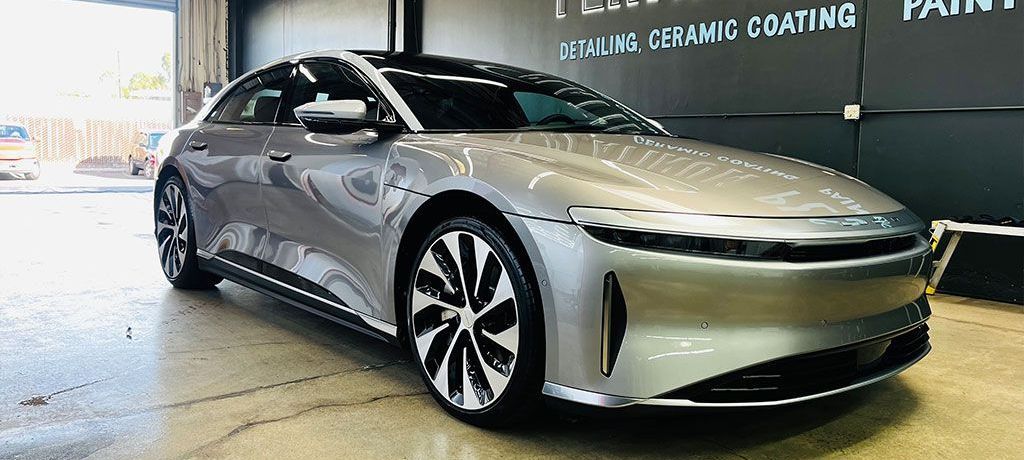
Resisting Impact with Paint Protection Film
Driving can be tough on your car's paint job. The constant bombardment from road debris like rocks, gravel, and other hard objects can lead to unsightly chips and scratches on your vehicle's exterior. This is where paint protection film comes into play.
It's not just rocks and gravel that PPF protects against. It also safeguards your car's paint from environmental elements encountered during driving, such as bird droppings, road salt, sand, and other debris. These elements can cause serious damage to your vehicle's exterior if left unchecked.
For example, bird droppings contain acidic compounds that can eat into the clear coat and paint if not cleaned promptly. The protective film provides a barrier against these corrosive substances, preserving the aesthetics and longevity of the paintwork.
Furthermore, environmental stressors like UV rays, moisture, and temperature fluctuations can wreak havoc on your car's exterior. PPF extends protection beyond simple rock chips to cover a wide range of potential damage caused by environmental factors.
Upkeep of Paint Protection Film
After investing in paint protection film (PPF) for your vehicle, it's crucial to maintain it properly to ensure its long-term effectiveness. Here are some key maintenance tips to help you keep your PPF in top condition.
Regular Cleaning
Regularly washing your vehicle with a gentle car wash soap and water is essential for keeping the PPF clean and free from dirt, grime, and other contaminants. By maintaining the film's cleanliness, you're not only preserving its appearance but also ensuring its ability to shield your vehicle's paint from harm.
Over time, dirt and grime can accumulate on the surface of the PPF, affecting its protective capabilities against road debris and environmental elements. Neglecting regular cleaning can compromise the film's clarity and effectiveness, leaving your vehicle’s paint vulnerable to potential damage. Making regular cleaning an integral part of your maintenance routine is crucial to preserving both the PPF and your vehicle's paint finish.
Avoid Harsh Chemicals
When cleaning the surface of PPF, it's vital to avoid using abrasive cleaners or stiff brushes that can damage the film. Instead, opt for soft microfiber cloths and use gentle cleaning products specifically recommended for PPF maintenance. Using harsh chemicals or rough materials during cleaning can cause micro-scratches on the film, impairing its clarity and potentially reducing its protective capabilities. By using appropriate cleaning tools and products, you'll help maintain the integrity of the PPF while safeguarding your vehicle's paint from harm.
Professional Inspection
In addition to regular at-home care, periodic professional inspections play a critical role in ensuring the ongoing integrity of the PPF. Professional technicians have the expertise to thoroughly assess the condition of the film and identify any potential issues that may have arisen.
During a professional inspection, any signs of wear, damage, or deterioration in the PPF can be detected early, allowing for proactive measures to be taken, such as repairing or replacing affected areas promptly. This proactive approach not only upholds the performance of the PPF but also contributes to maintaining the overall appearance and value of your vehicle.
By adhering to these essential maintenance practices, you can ensure that your investment in paint protection film continues to serve its purpose effectively, providing ongoing protection for your vehicle’s exterior surfaces against road debris and environmental factors.
Final Words
Paint Protection Film (PPF) offers your car's paint an extra measure of defense from road debris, helping ensure that its paint remains undamaged despite harsh road conditions. By acting as a protective barrier and keeping rocks, gravel, and other debris out, PPF helps preserve both its value and aesthetic appeal while safeguarding its value over time.
At Platinum Plus Detailing, we take great pride in applying high-quality paint protection film expertly and precisely to your vehicle's paint surface. Our technicians ensure seamless application that provides optimal protection without altering its appearance.
Protect your car from road debris and keep it looking brand new by calling Platinum Plus Detailing today to schedule a paint protection film service and experience unparalleled vehicle protection!
Platinum Plus Detailing is a Costa Mesa, CA Ceramic Pro Elite detailer that was founded in 2006. Right here at our pro auto care facility, the investment you make in your ride is worth it! We provide an unbeatable passion for expert auto detailing and vehicle paint protection, making sure all makes and models of vehicles are adequately taken care of. Platinum Plus Detailing holds certifications in all Ceramic Pro products, including their hydrophobic ceramic coatings, self-healing clear bra products, KAVACA Window Tint Film packages, and more. We also have a pick up and drop off service that travels to your home location, provided it is within our 8-mile service area.
JOAB FLORES - ida detailer of the year, Recognized Master Detailer in The Detail Mafia, quality business awards for AUTO DETAILING SERVICES IN COSTA MESA, and proud member of air force one detailing team
Designed by the team at Detailers Roadmap, a platform developed for detailing operators across the globe.
All Rights Reserved | Platinum Plus Detailing and Costa Mesa
